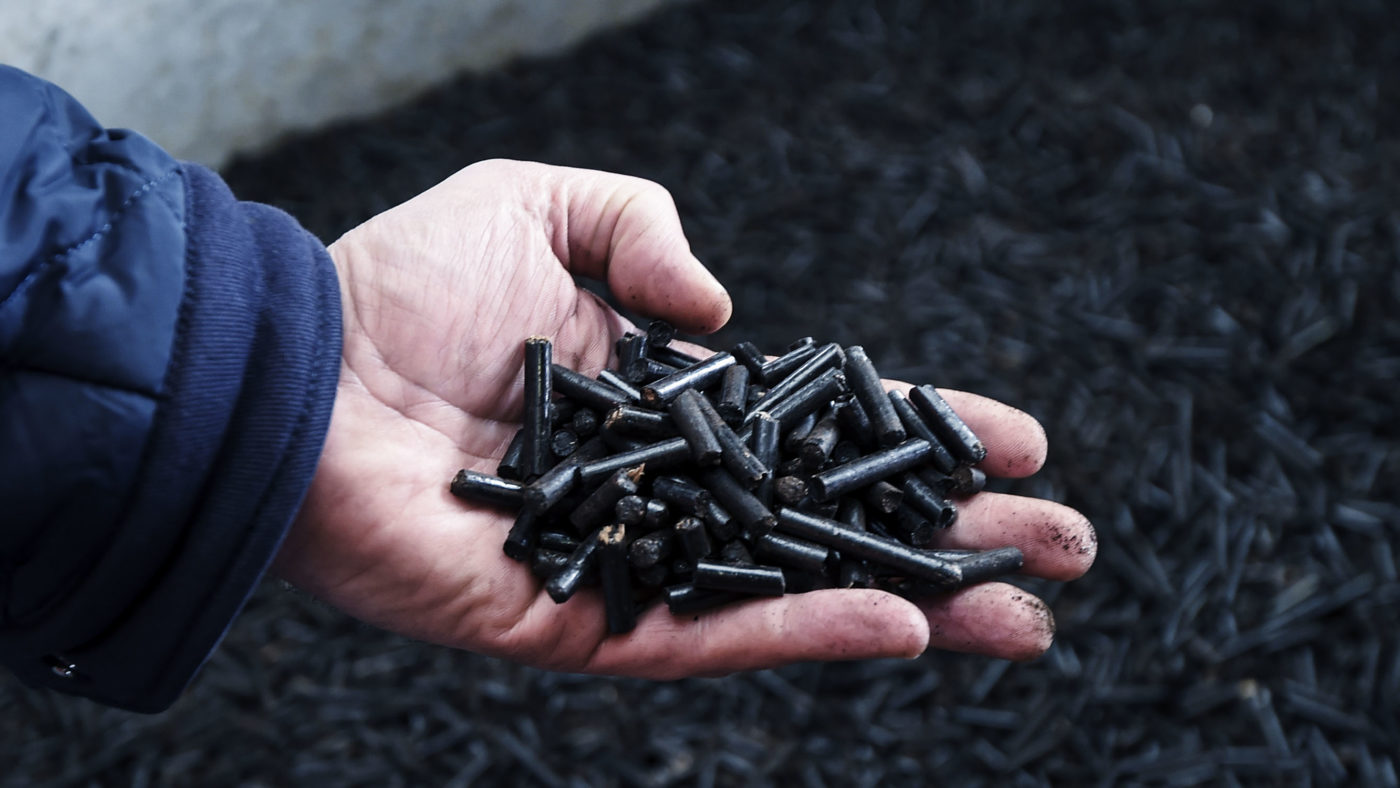The financial and environmental sustainability of our energy policies is attracting more and more political attention. Costs should be scrutinised: as Conservatives we understand the need for a strong business case and for safeguarding consumers’ interests. For the most part, clean energy like solar and wind has fallen dramatically in cost, helped to cut our country’s carbon footprint and created jobs in new industries. Yet there is one form of energy that deserves more scrutiny: bioenergy.
Bioenergy involves burning wood or crops to produce energy. It’s classed as renewable, low-carbon energy. The logic is that as a tree grows it sucks in the carbon that is later released into the atmosphere when the wood is burned, resulting in net zero carbon being released. It currently provides just over 7% of our electricity and 6.5% of our heating.
Nevertheless, the burning of biomass for energy is controversial for obvious reasons, most especially that wood is less energy-efficient than coal and even releases more carbon into the atmosphere when burned. Though biomass once appeared to be a cheap way to phase out coal from our electricity grid, the latest BEIS figures have offshore wind’s highest cost at £63/MWh compared to over £100/MWh for biomass. Once considered a key source of renewable energy, we should now put a question mark over the future of biomass’ role in our energy system.
The Government seems to be having doubts too, as it announced that there will be no new subsidies for converting coal plants to biomass and that biomass boilers will only be subsidised where heat pumps aren’t feasible. The remaining questions will be answered in the Government’s new biomass strategy, set to be published next year. This strategy will set out what role biomass has to play in net zero in general, whether it’s in electricity production, construction, or transportation. It will also opine on what role it might play in providing ‘negative emissions’, through bioenergy with carbon capture storage.
What’s certain is that the strategy must ensure that biomass is used sustainably: environmentally sustainable in not contributing more carbon than it takes out of the atmosphere, including the vast emissions involved in transporting the biomass and processing it into pellets; and economically sustainable by not costing the tax and billpayer too much when more cost-efficient alternatives are available.
It should also be sustainable for nature. We should be cautious about planting ever more monoculture woodland or energy crops if it takes away land for growing food or from creating more biodiverse habitats. It is clear that biomass should not be harvested from pristine forests or other sensitive habitats, but regulations do not yet prohibit this.
To improve sustainability, the Government should create a ‘biomass hierarchy’, which would rank the most carbon-friendly, efficient ways to use biomass. This would be similar to the waste hierarchy which is now widely known in public. At the top would be using wood in construction and furniture, like wood panels, where the carbon remains locked up.
It’s true that by the late 2020s there are plans to add carbon capture and storage (CCS) technology to our biomass electricity plants, which would reduce the amount of carbon being released when the biomass is burned. However, CCS can never stop all the carbon being released, and it would add to the already significant cost of bioenergy.
Further, we already have to import our biomass from overseas, particularly eastern Europe and North America, to fuel our biomass power plants. This means more emissions in transporting the fuel and a lack of transparency over whether it’s sourced sustainably. The independent Climate Change Committee has cautioned that biomass should only be imported from abroad if we can be sure that global supply chain governance is robust.
The biomass strategy is a chance to create a gold standard framework for what is and isn’t sustainable when sourcing biomass, which we can then encourage other countries to adopt. As well as establishing a proper biomass hierarchy, it should seek to create strong supply chain rules which prevent harm to biodiversity, limit competition for land between biomass, food and nature, and pose strict limits on total emissions.
At the same time as the EU is debating the role of biomass in meeting its renewable energy targets, the UK is free to pursue its own policy that recognises the genuine sustainability risks from biomass, due to our technology-neutral climate targets. There’s no doubt that biomass can be our ally as we work to repair nature and limit global temperature rise, but we must be sure that we use it wisely so that it does not become a dangerous false friend.
Click here to subscribe to our daily briefing – the best pieces from CapX and across the web.
CapX depends on the generosity of its readers. If you value what we do, please consider making a donation.


